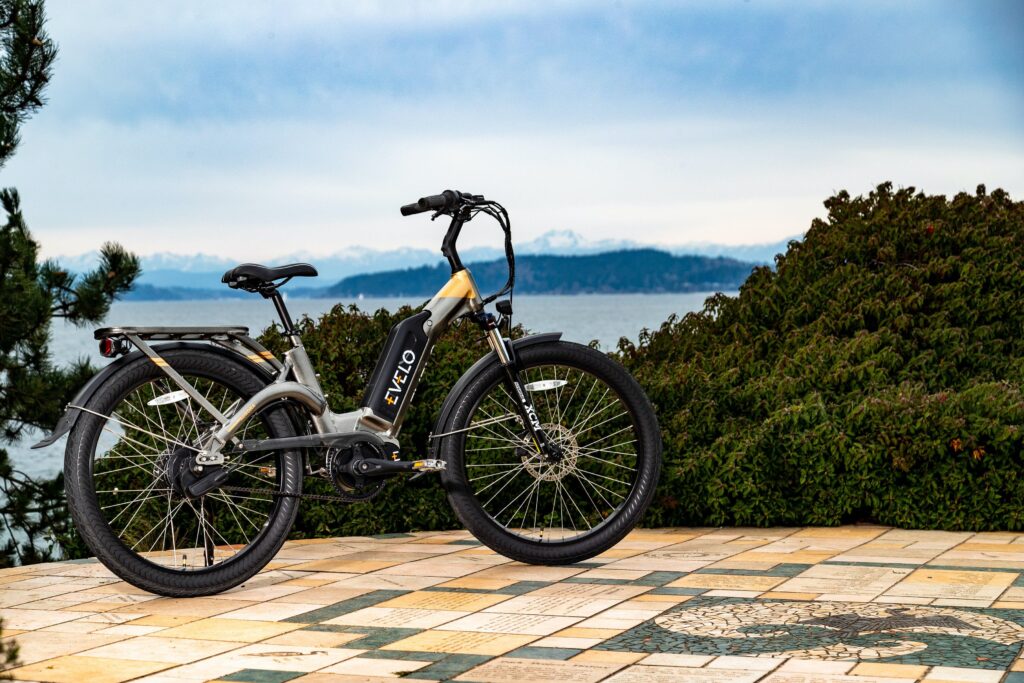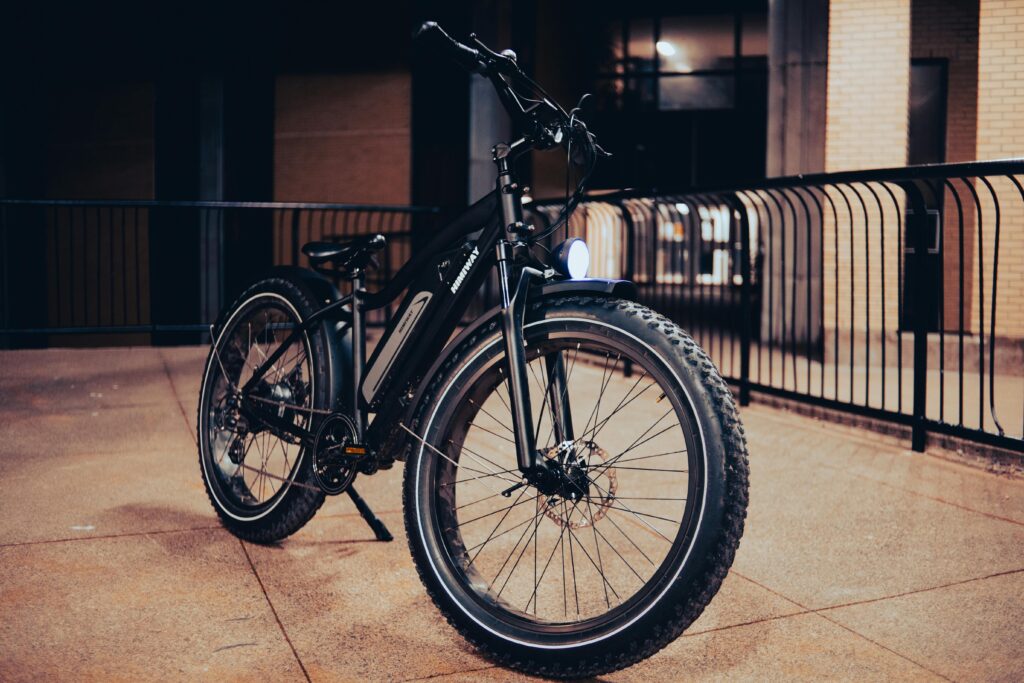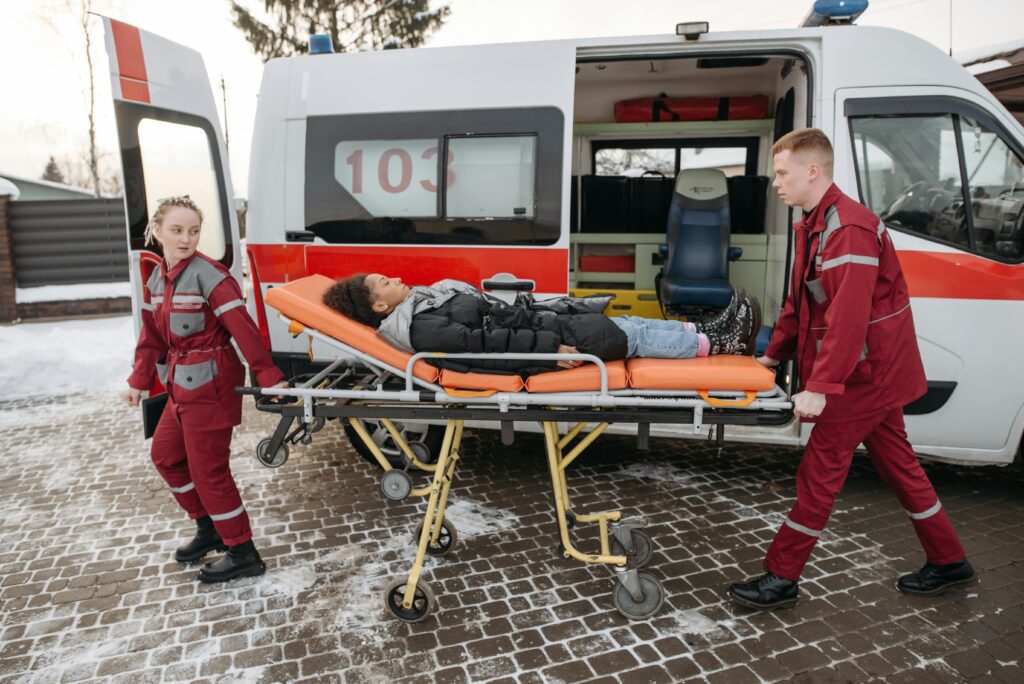With the wind whipping through your hair, the sun on your face, and the effortless journey powered by electricity, there’s nothing quite like the e-bike experience.
E-bikes are quickly becoming a popular way to get around in New Jersey and Pennsylvania. But just like with any mode of transportation, accidents can happen, and knowing what to do after an e-bike crash can significantly help you navigate the immediate aftermath and protect your interests.
Read on to learn more about these fantastic machines, the laws governing them, and what to do if you are ever involved in an e-bike accident.
E-Bikes 101: More Than Just Powered Pedals
Before diving into crash protocols, let’s answer some of the most common questions about e-bikes.
1. What is an e-bike?

An e-bike, or electric-assisted bicycle, is equipped with a motor that assists with pedaling. There are three main classes:
- Class 1: A class 1 e-bike features a pedal assist with a maximum speed of 20 mph.
- Class 2: A class 2 e-bike features a throttle assist with a maximum speed of 20 mph.
- Class 3: A class 3 e-bike features a r pedal assist with a maximum speed of 28 mph.
2. How do e-bikes work?
Rechargeable batteries typically power electric motors in e-bikes. These motors kick in when you pedal, offering extra power to navigate hills, carry cargo, or cruise more easily.
3. How fast are e-bikes?
E-bike speeds vary depending on the class and state regulations. In New Jersey and Pennsylvania, the maximum speed for all e-bike classes is 20 mph on roads and public paths.
4. How do e-bikes differ from bicycles?
Though similar in appearance, e-bikes differ from bicycles by incorporating an electric motor for pedal assistance, allowing riders to travel longer distances with less effort. They have rechargeable batteries and various pedal assistance levels and may include throttle control. E-bikes are generally heavier and more expensive than traditional bicycles.
5. Is an e-bike a scooter?
No, e-bikes are distinct from scooters. Scooters typically have no pedals and rely solely on a motor for propulsion, placing them under different traffic regulations.
E-Bike Laws in New Jersey and Pennsylvania

Understanding the rules of the road is crucial to avoid accidents and navigate any legal implications.
Here’s a quick overview of e-bike laws in both states:
1. New Jersey E-bike Laws
New Jersey’s Title 39 covers motor vehicles and traffic and allows low-speed electric bicycles (class 1 and class 2) to be operated in bike lanes, on shared-use paths, and throughout most of the state’s roadways. They can also be parked on the sidewalk if pedestrian movement remains unobstructed. However, local regulations may restrict the use of e-bikes in certain areas, such as on specific trails or boardwalks.
To operate class-3 e-bikes in New Jersey, you must be 15 or older, obtain a license, and always wear a helmet. Class 3 e-bikes are permitted in bike lanes and along bike routes.
2. Pennsylvania E-bike Laws
Pennsylvania law states that class 1 and 2 e-bikes follow the same rules as bicycles and can operate on roads, bike paths, and shoulders. They may also be used on sidewalks when expressly permitted under local regulations.
Class 3 e-bikes are considered mopeds and require registration, driver’s licenses, and insurance. Although helmets are not mandatory, no one under 16 can operate an e-bike in PA.
What to Do After an E-Bike Crash: Stay Calm & Act

Regardless of severity, if you’re involved in a New Jersey or Pennsylvania e-bike accident, remain calm and ensure you prioritize your safety first.
Here’s a step-by-step guide that outlines what to do after an e-bike crash in Pennsylvania or New Jersey:
- Check for injuries: Assess yourself and anyone involved for injuries. If necessary, call 911 immediately.
- Secure the scene: If possible, move your e-bike to a safe location away from traffic. Turn off the motor and ensure the scene is secure.
- Gather information: Exchange contact information with anyone involved, including witnesses. Take photos of the scene, damage to your e-bike and vehicles, and any visible injuries.
- Contact the authorities: Report the accident to the police, even for minor incidents. Obtain a police report for insurance purposes.
- Seek medical attention: Even if you feel okay initially, get checked out by a doctor to rule out any underlying injuries.
- Contact your insurance carrier: If you have e-bike insurance, notify your insurance provider and follow their instructions for filing an insurance claim.
- Consult an attorney: In case of serious e-bike injuries or property damage, seek legal advice to protect your rights and navigate potential claims.
While these steps serve as a general guide, specific actions may vary depending on the circumstances of your crash. Always prioritize your safety and seek professional help when needed.
Sometimes you may notice that the bike lane was obstructed, a business neglected to care for the bike lane leaving dangerous snow and ice, or the city was negligent in some other way which led to your e-bike crash. Can you open a claim against the city or state? Also, many e-bike crashes are the result of defective e-bike parts, which may leave you questioning your options. Sometimes, when faced with these difficult circumstances, it seems easier to move on, but there are ways to get the compensation you deserve.
When to Contact an E-Bike Accident Attorney
You may be entitled to compensation if you or a loved one has been injured in an e-bike accident, either because of someone else’s negligence or due to a defective part or product.
The NJ and PA e-bike accident experts at Thistle Law have experience in handling e-bike accident claims. Our defective product attorneys can fight an e-bike company for you, or our NJ personal injury lawyers can get you the settlement you deserve after your e-bike accident so you can get your life back.
If you have questions, contact us today by calling 215-525-6824 or filling out our form here.

